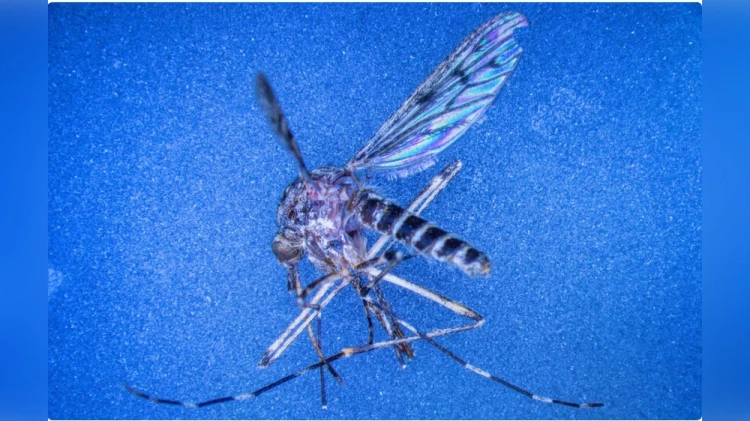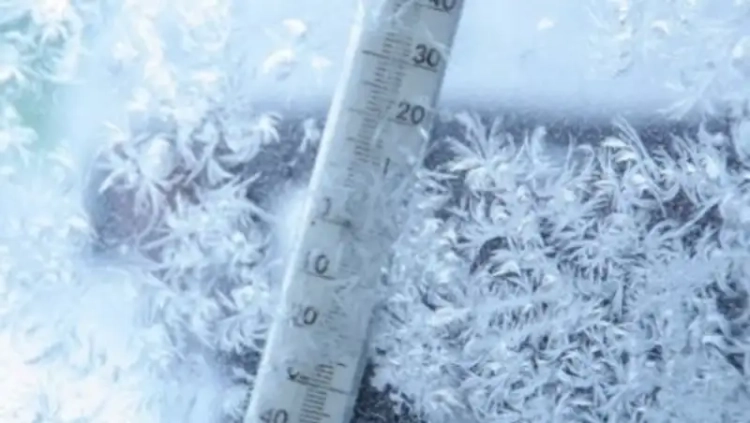At the beginning of our century, in the Chuy Valley (now the Issyk-Ata district), there lived a certain esapchi Aibash.
According to the stories of elderly people (some of whom remembered Aibash as a young man), he made weather forecasts based on the direction and speed of the flight of horseflies, gadflies, mosquitoes, various flies, midges, as well as changes in the movement of spiders in their webs and ants in their anthills. This esapchi noticed the slightest changes in the behavior of birds such as swallows, observed bats (whether they fly high or low), and so on, as well as fluctuations in the transparency and humidity of the air. The accuracy of predictions based on such observations is confirmed by modern physical and biological studies. For example, horseflies, gadflies, and mosquitoes appear only in hot weather. In cool or warm weather, they suck the blood of cattle and horses; during this period, insects do not rise above the height of the livestock, and their flight speed is low.
On a clear warm day, spiders work tirelessly on their webs, feeding on mosquitoes, butterflies, and flies that have fallen into the web. On cold rainy days, these insects are absent, and spiders settle in the center of the web and do not move, resting.
Spiders are very sensitive to humidity. Aibash said: "When the spider works diligently, it indicates a clear warm day."
If the midges, especially in the evening hours, gather in the air in columns and, as the Kyrgyz say, "zhilimtekter talkan" (grind the flour), then good weather is expected.
The same sign applies to mosquitoes: before clear weather, in the evening hours, they fly in clusters or swarms in a small space, as if in one place, rising and then descending.
The behavior of butterflies can also predict the weather. Before rain and wind, they do not fly over flowers and do not land on them, but seek shelter, hiding in crevices, and their flight speed is low.
Increased humidity before rain affects the speed and height of flight of small flying insects: fluff, hair, and wings of insects absorb moisture from the air, causing the insects to become heavier, unable to rise high, and they fly close to the ground and water.
In the folk saying: "If the midges and mosquitoes disturb people and animals greatly, it indicates rain."
Swallows, which feed on mosquitoes, and bats also fly very low over the ground or water surface before bad weather.
Seeing low-flying birds, we say: "This is a sign of rain," and we are most often right. With the improvement of the weather, both insects and birds rise high into the sky.
Geotrupes, or dung beetles, before bad weather drag balls made of animal dung, weighing up to 40 grams, into their burrows, which is 20 times the weight of the beetle itself. The behavior of dung beetles, acting as a precise barometer, has long been known to biologists. For example, in the late 19th century, the famous French naturalist Jean-Henri Fabre noted that 3-4 days before the onset of strong winds with rain, these beetles become very restless: they crawl out of their burrows, dig around, and are in constant motion.
In forests and hilly areas, colonies of red ants are most often found, and observing them can also provide insight into upcoming weather changes. Before rain, ants do not emerge from their nests and do not work, as if there is no life in the anthill: "If the anthill is silent, it means rain is coming." White ants, unlike red and black ones, also indicate the presence of certain chemical elements deep underground in their habitat.
Herodotus wrote: "There live among the sands... ants... they dig underground dwellings for themselves, throwing out piles of sand, and the sand... is full of gold." The fact is that white ants, or termites, penetrate the ground for tens of meters and quench their thirst with water containing salts of various metals. Therefore, metals such as silver, gold, strontium, chromium, titanium, nickel, and others accumulate in their bodies, making them unique indicators of the presence of minerals in that region. This fact has been experimentally established by scientists in Turkmenistan.
According to Aibash, if a person with weak hearing hears the sound of a distant shot or shout, if flour, salt, things made from raw leather (saddles, utensils, containers), human hair, and animal fur become softer, and the doors of the yurt close poorly and creak, then a change in the weather is expected. If the smoke from the yurt or fire does not rise up but spreads along the ground, this also indicates a change in the weather. These observations now have scientific explanations. The atmosphere contains water vapor, which is indistinguishable in color and appearance from air particles—this is why we do not notice them. If the percentage of water vapor becomes higher than normal, it is said to indicate high humidity, and if noticeably lower than normal, it indicates dryness. In high humidity, sounds become muffled, smoke does not rise; small insects cannot fly high, and the weather is expected to change. If sounds travel far, and smoke rises, good weather is anticipated. In a humid atmosphere, smoke, consisting of fine solid particles, combines with water vapor molecules, making it heavier and thus not rising high.
Similar phenomena occur before rain with loose dry substances: sugar, flour, salt, tobacco, snuff, etc., and with items made from skins that absorb moisture from the air and become soft. In dry weather, the strings of the komuz (a traditional string instrument) and kyak (made from dried sheep intestines) dry out, and if stretched too tightly, they break, while in rainy weather, they stretch.
Aibash well remembered and stored in his memory the changes in weather by months and over the years. By comparing data from different years, he could predict the weather many months in advance. For example, in his opinion, if cold weather is observed on March 15, then clear warm weather is likely on September 15 of the same year; if on September 15, items in the yurt with a closed chimney (tündük), such as blankets, whips, saddles, and also items made from raw leather, are slightly damp, then deep winter snow will begin to melt in mid-March and will quickly disappear. Aibash compared June with December, July with January, and drew his conclusions from this. Based on meteorological data from autumn, he determined the characteristic features of the upcoming spring in the new year.




































